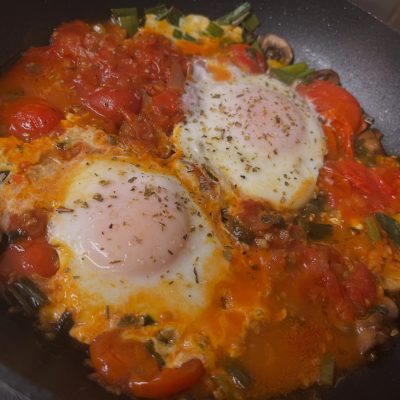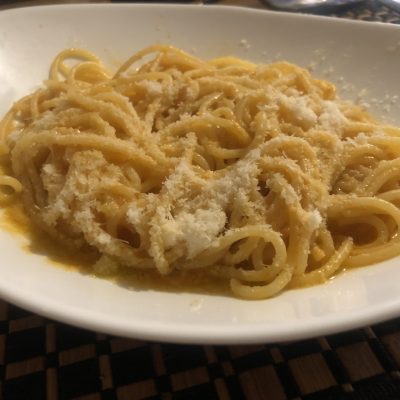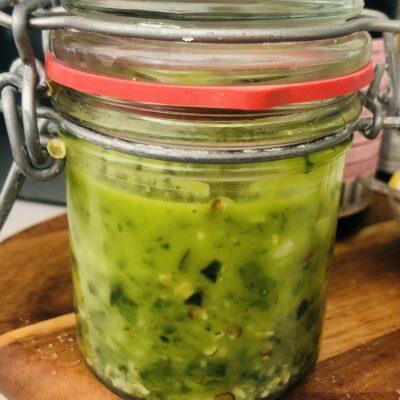You can be the most fabulous cook on the planet. Of course that doesn’t mean you can run a food business and sadly the stats reflect this. Most establishments go to the wall within months and more than one famous chef has been forced to close. One of the reasons for this, amongst many, is a lack of identity. What I mean by this is simply having no structure and rationale to your menu.
You may well produce the finest Bouillabaisse this side of The Atlantic, but if the audience is yearning for a fish finger sandwich, you’d better be damned sure you quickly adapt and change to reflect demand. Food wastage, the bitter enemy of success is incredibly harmful to profits. So, how do you minimise it?
1. Create an identity which is clear, unequivocal and appealing. What differentiates you from others doing the same? Why will people patronise you? Do you have a unique selling proposition?
2. Please, please, please keep the menu small. When I visit various food markets, the stalls that have envious queues are often those selling just one item. But boy, what a taste explosion it is. Similarly I’ll visit a small café for a specific dish simply because it’s the best. Of course creating a great menu doesn’t happen overnight. Menus change and evolve. When we put Asian potato cakes on the vegetarian menu, a few months later they went from a staple lunch item to the ‘indulgent’ breakfast of potato cakes, topped with poached eggs and drizzled with a three cheese sauce. It’s different, it’s appealing and gives us that extra edge. It also looks bloody handsome.
3. That brings me neatly to the next topic. Food is visual. Although I would rather have a sloppy looking dish that nevertheless tastes marvellous, you need to make sure your food looks appealing. It’s a no brainer. Ensure your website contains photos that capture the spirit of your food.
4. Experimenting. Please don’t use your customers as lab rats. You may well be a confident and competent cook but never put out anything that you haven’t tested before. You wouldn’t serve your dinner guests at home with a virgin recipe or if you did, you’d be a blithering idiot.
5. Suppliers. Research this area intensely. If you don’t, you could be missing out on both quality and price. Do your homework. Establish good relationships with suppliers and never stop looking for a better deal and better quality.
6. Communication. Listen to your customers. Ask them what they want on the menu. Ask them to be honest with you. I can’t tell you the number of times I have reviewed a dreadful establishment and sent them the review, to be greeted by a dirty great silence. Nuts. You learn through mistakes – it hurts but I can tell you that it takes a disgruntled customer to make you smarten your act up pronto. Nobody is infallible but the intelligent person takes criticism on the chin and is determined to do better rather than be crushed by an inflated ego.
7. Cookery books and the internet. A few of our most popular dishes originally come from cookery books and/or the internet. We might tweak them a bit over time (the whole evolving thing) but reading and learning new techniques can only benefit your business.
8. Price. Don’t be afraid to charge a higher price for certain products, even though they may have cost you very little in terms of effort or actual price. People will pay for quality and taste. Our humble community café which charges £5.50 for lunch has no compunction in charging three quid for a small slice of cake. Why? Because the cakes are damned good. They look amazing, they taste amazing. Customers are now ordering whole cakes which is the ultimate compliment and there’s no wastage of course as you’re not catering on demand.
9. Courses. It’s very hard to take time out when you’re running a small business. However, you won’t be an all rounder, or most of us aren’t at any rate. Although it’s hard to muster enthusiasm for food that you don’t enjoy eating, you have to put that aside and learn to make great sauces, cakes etc. Borrow a friend for a day who has that skill which you don’t possess. Youtube is full of demos if you can’t afford a day course. Keep learning.
10. Social media. Menu changes, additions, photos of your dish of the day or the cake that people won’t be able to resist should be on twitter and facebook. It’s free and it’s vital in this day and age.
Here endeth the third lesson.










Leave a Reply